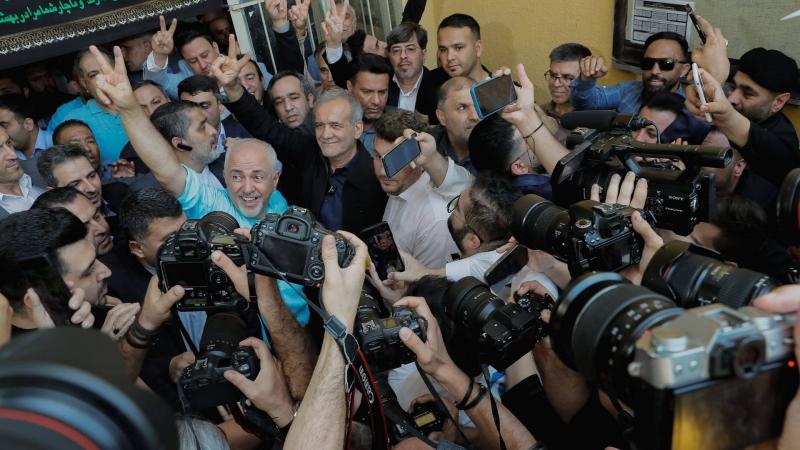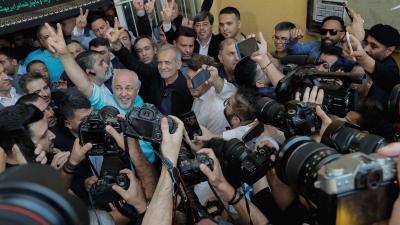The questions are legitimate, numerous, significant, complex, and sensitive regarding the nature and form of the system, its present and future. In some details, there are multiple answers, while in others, it is difficult to find any answers at all. The rise of the reformist figure with a confusing conservative behavior, who can also be described as a fundamentalist reformist, Masoud Bezzashkian, to the presidency under complex internal and external circumstances confirms that the Iranian system, which succeeded in the previous presidential elections of 2021 through power engineering, has failed in social engineering. Additionally, it has failed to reimpose the system's singular nature but has somewhat succeeded in accommodating political plurality.
However, behind political plurality lies a diversity of nationalism, as the Iranian nation is represented by various Iranian peoples or groups of non-Persian minorities that participated heavily in these elections. These groups have imposed a sort of necessity on the system to accommodate their diversity. Thus, it allowed—though not compelled, but rather out of a need—Masoud Bezzashkian, the conservative fundamentalist reformist of Azerbaijani origin with a Kurdish mother, to come to power. He received the highest voting percentage in the Arab Ahvaz regions and openly acknowledges his ethnic, linguistic, and cultural affiliations in his personal formation, which will impose a political, social, and civic demeanor in his presidential performance. This may assist him in the system's hesitance to restrict, obstruct, or prevent him from fulfilling part of his promises.
Accepting his victory may necessitate the system's recognition of these particularities, as they are not merely personal; they reflect general specifics that have become an essential part of the system's crisis and its political, ideological, and national centrality, as well as its relationship with the parties that have imposed their views on the center.
Before or during the elections, the revolutionary system perceived two difficulties: the first being its inability to confront the vibrancy of Iranian society. Previous repression of objectionable instances did not push individuals or groups or factions toward surrender. Despite past frustrations and the failure of major experiments and figures to achieve their programs, Iranian society has maintained its vitality, redefined its diversity, and once again declared its resistance.
The second and more dangerous challenge within the power structure emerged as the attempt to impose a singular nature or environment failed to protect the system; on the contrary, it revealed its flaws and risks. The contradictions of this singular nature quickly erupted and became evident in less than three years—specifically, between the engineering of former President Ibrahim Raisi's election and his departure.
This short period was sufficient to explode conflicts within the loyalist camp over power. The disputes among the power centers within this camp are expected to affect, in the near future, the shape, nature, and continuity of the system. The apparent harmony and balance between the military and ideological factions covertly masked a fierce competition for positions during a transitional phase that will likely weaken them in the future, especially given that the experience of the past three years has been a failure both internally and externally, starting with the Mahsa Amini crisis and its societal impact on the Iranian system, as well as external complications. The system of singular nature has been unable to resolve even a small part of these issues, unlike its predecessors who operated under a plural nature.
In practice, the system faced two options: first, to restrict competition within itself, which means a harsh struggle between its wings with grave consequences. The alternative was to allow a reformist candidate, but with the condition that he would not have a political reform program. This can be interpreted in several ways; among them is that the system accepts reformists as individuals who adhere to its red lines but rejects them as projects due to its suspicions about their ideological loyalty, not just to the system but also to the revolution. The revolution itself carries two faces: internally, it preserves the system, and externally, it aims to export it. In both aspects, Bezzashkian does not currently pose a threat.
Therefore, the most important issue for the system at this stage is to rearrange its internal house, prioritizing the prevention or postponement of conflicts among its factions, allowing its conductor to orchestrate the transitional phase to avoid allowing Bezzashkian to become its conductor, backed by a majority of the populace that is no longer silent.




